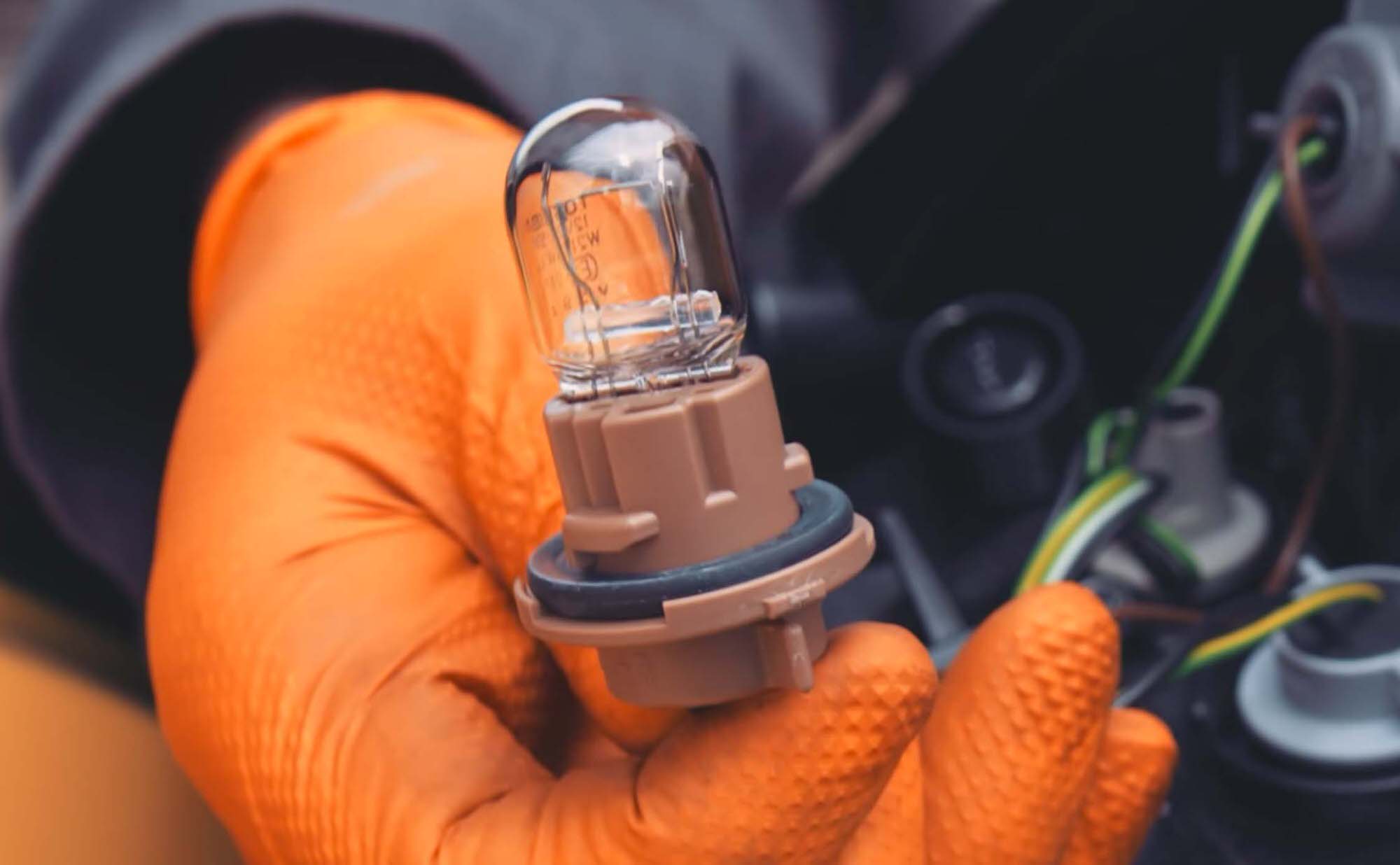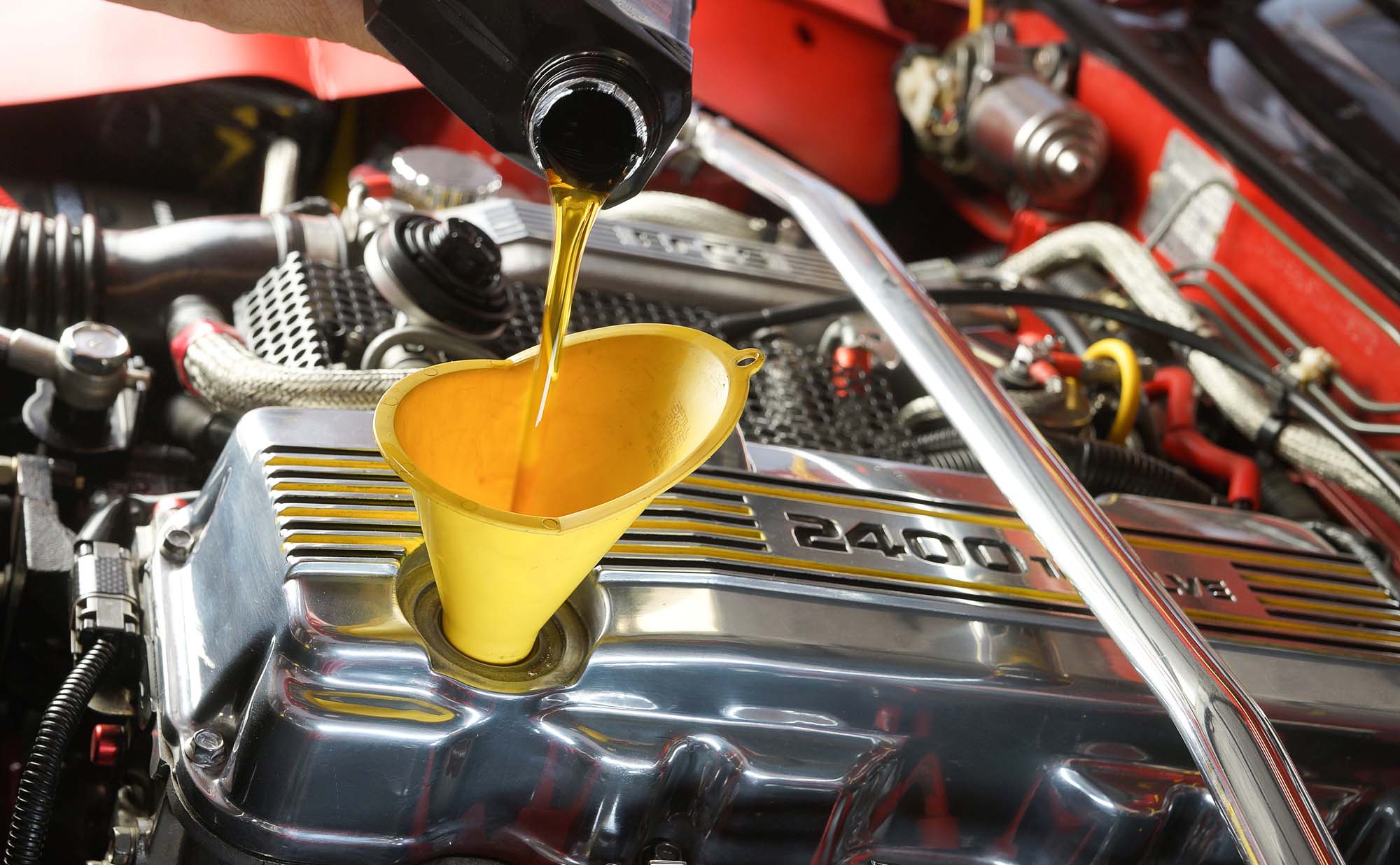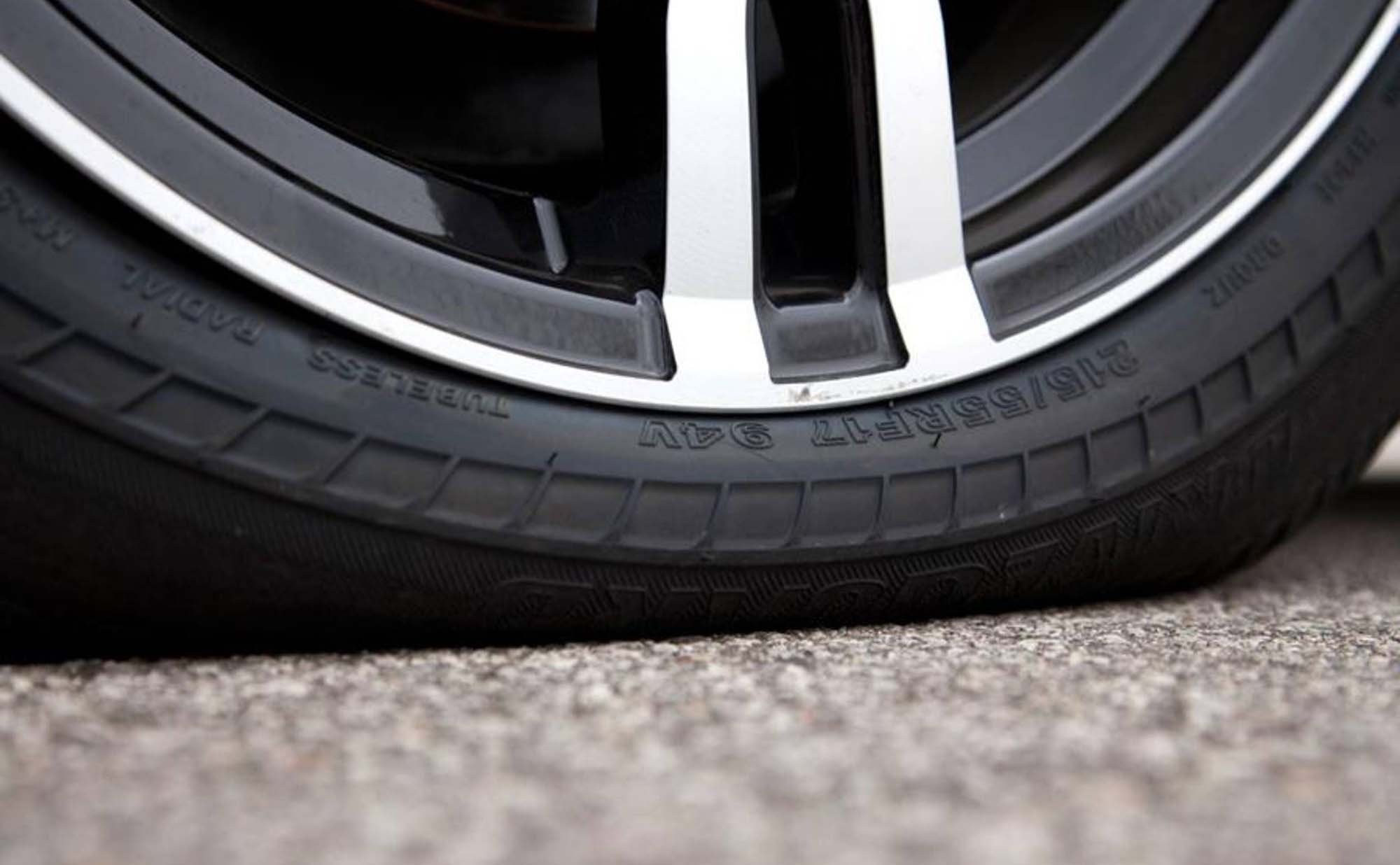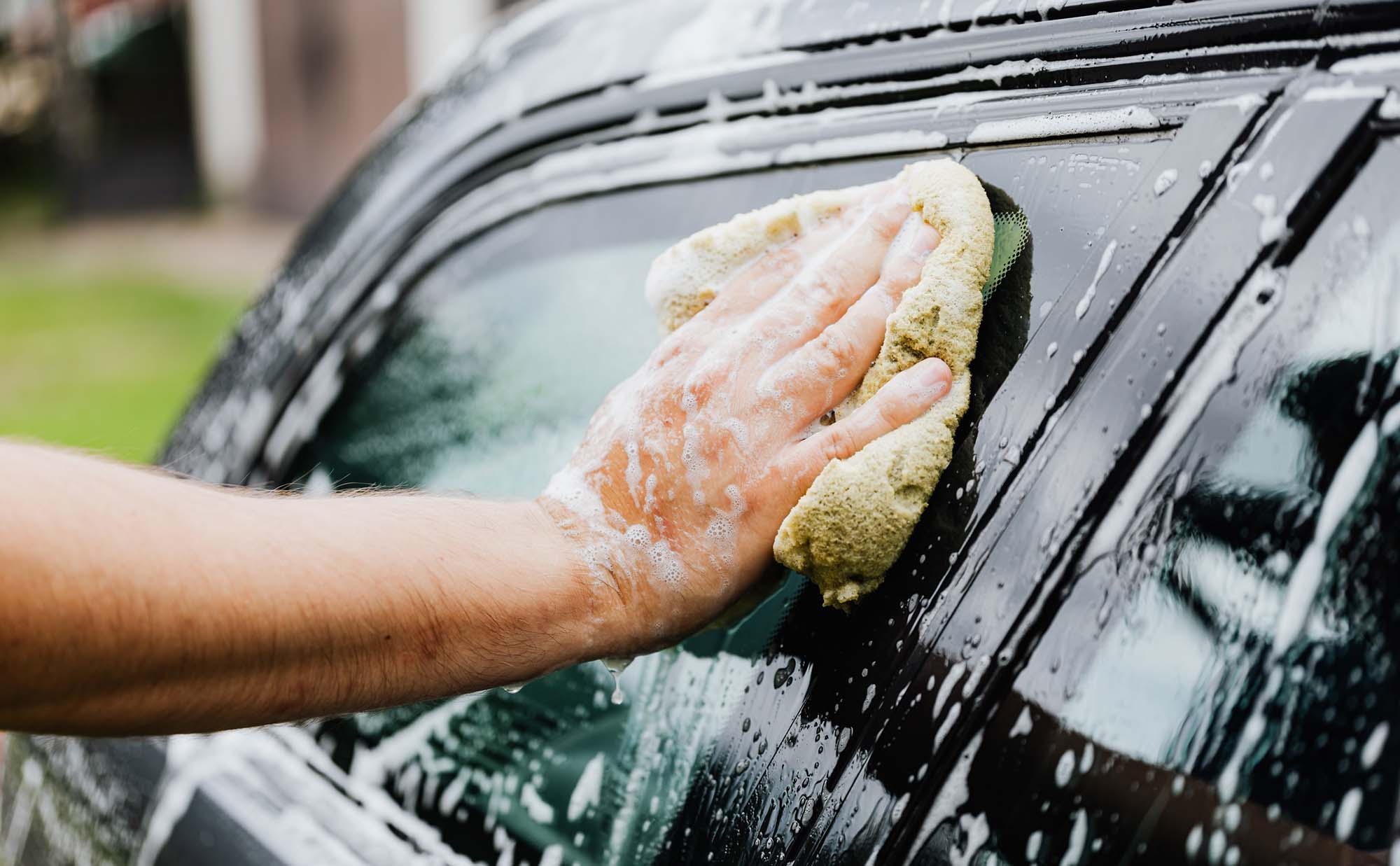In this post, we investigate whether oil additives deliver on their big promises. Here is a summary of what we know and think about oil additives.
Save money with vehicle maintenance
Your manufacturer provides a recommended maintenance schedule for a good reason. Following this schedule will ensure that your vehicle operates smoothly and efficiently for years to come. Well-maintained vehicles, including proper tire pressure and regular oil changes, will use less fuel and save you money.
You can even consider doing easy maintenance tasks on your own. Good ones to start with are topping up your wiper fluid, changing headlight bulbs, and oil changes.
Reduce harmful emissions and improve air quality
It is important that we all do our best to contribute to cleaner air. Vehicle emissions negatively impact health, exacerbate some respiratory illnesses, and even contribute to heart disease and cancer. Smog created by vehicles is a lung irritant, causing problems for those with bronchitis and asthma. According to the CBC, smog is responsible for 7,700 deaths in British Columbia every year. Clearly, air quality has a serious impact on our health and environment.
Regular vehicle maintenance is the most powerful thing we can do to reduce the impact that our vehicle has on the quality of the air, but here are a few other ways you can reduce vehicle emissions:
- Securely tighten the gas cap after filling it up.
- Turn your vehicle off rather than idling for long periods of time.
- When possible, consider carpooling, combining trips, walking, biking, or public transit. Not only will these methods reduce your footprint, but they will save you money at the pump as well.
Pay attention to the “Check Engine” light
The Check Engine light isn’t there to annoy you. Also known as the Malfunction Indicator Lamp (MIL), this light is a crucial vehicle function that warns of potential issues with your vehicle’s emissions system. This could be as simple as a loose or missing gas cap, which wastes fuel and creates excess smog; or could indicate engine misfire, potentially leading to severe or permanent engine damage.
The MIL is triggered by your vehicle’s onboard diagnostic (OBD) when it notices that your engine is not running at peak efficiency by detecting an emissions-related problem. Depending on the problem, your vehicle’s condition may cause excessive emissions, decrease fuel economy, or shorten engine life. These aren’t issues you want to ignore, as the condition could worsen and lead to increasingly expensive repairs.
Before going to the shop, test your gas filler cap. Make sure the cap is tightened (you should hear several clicks), and continue driving for a few short trips. If the light remains on after these steps, bring your car to a shop so a qualified repair technician can perform a diagnostic and service. If you see the Check Engine light flashing or blinking, that means that the OBD system has detected a serious issue, and your vehicle should be serviced as soon as possible.
Check your warranty
Each manufacturer has different warranty coverages. Check your owner’s warranty manual for emissions control systems warranties. Not sure how to check if you are covered? Just give us a shout and we can look into it at your appointment.




